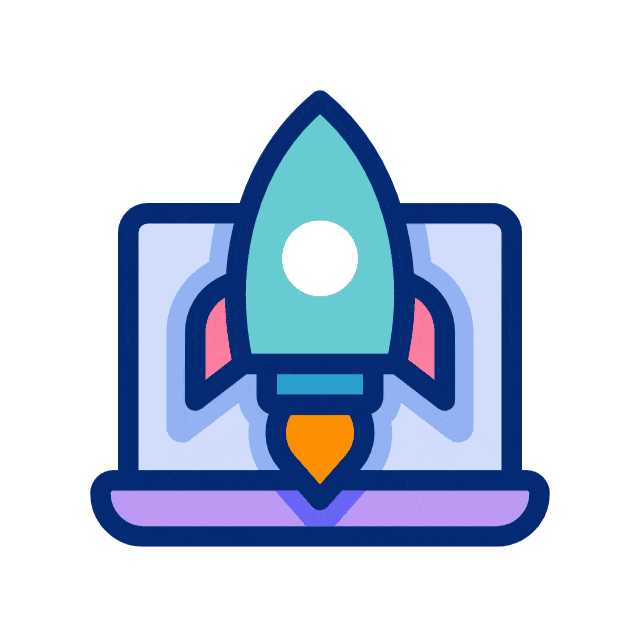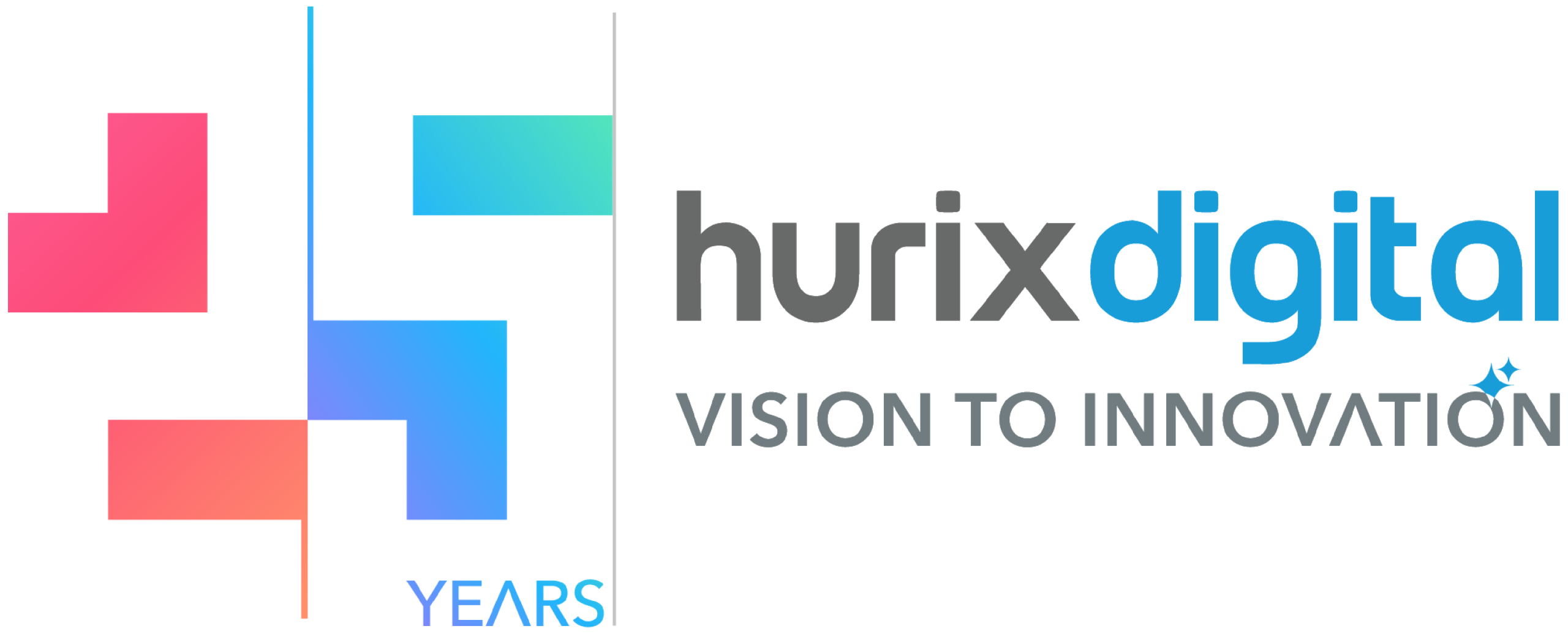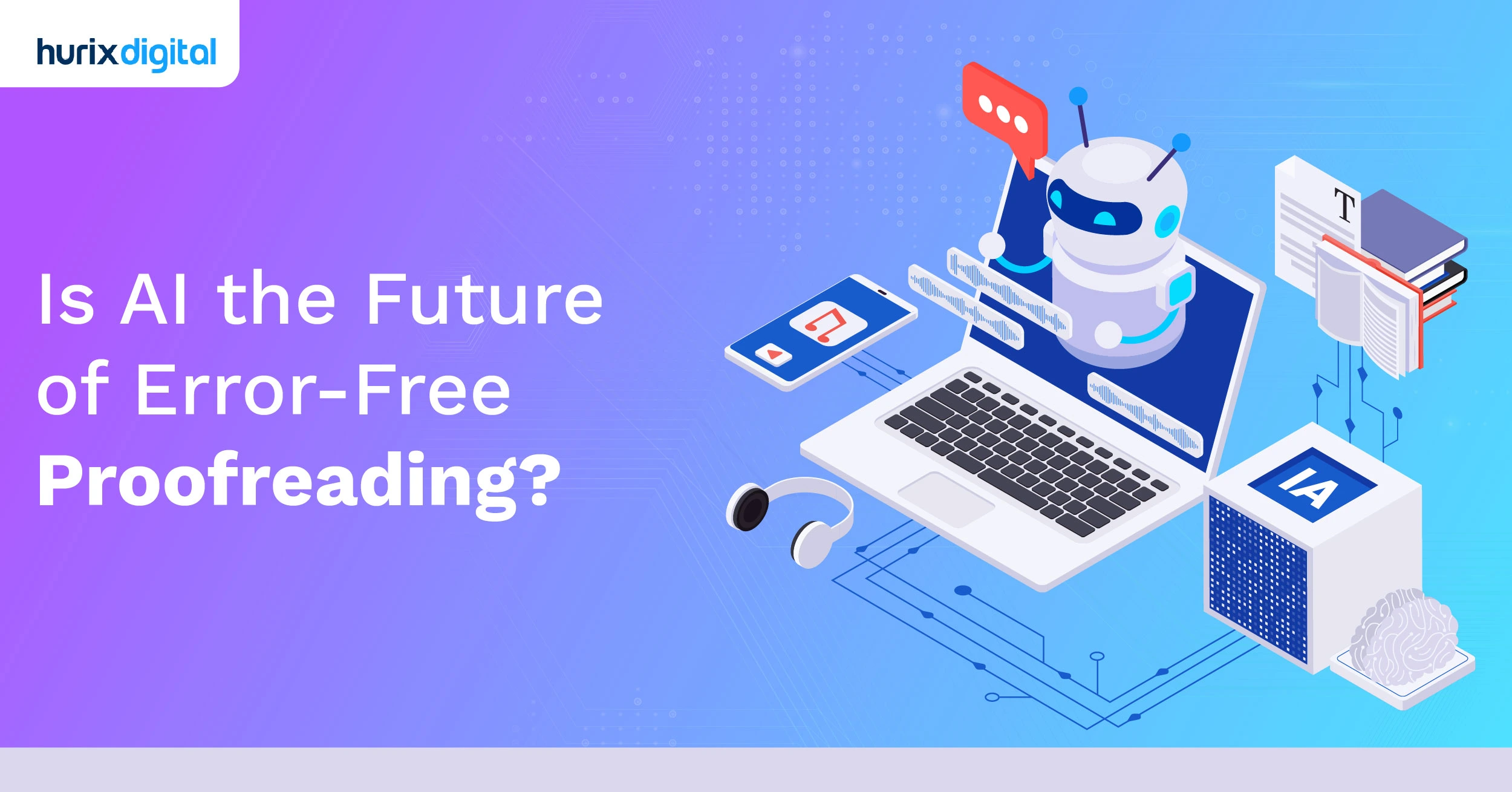
What are the 10 Critical AI Development Challenges for Enterprise Leaders?
Summarize with:
The conference room falls silent when the CTO admits their two-year AI development project just got scrapped. Not paused or shifted, but completely abandoned. Millions were spent, but nothing to show. It happens more often than LinkedIn success stories suggest. The difference between AI development triumph and disaster usually comes down to asking uncomfortable questions early rather than learning expensive lessons late.
So, we’ll tackle the big questions everyone’s asking. What are the real roadblocks slowing down progress? How do you build an AI dream team that doesn’t crumble under pressure? What about the ethical dilemmas that keep us up at night? Which frameworks truly deliver, and how do we prevent AI from becoming a security nightmare? And of course, one of the most common questions is, “How do we know this AI investment is worth it?” Let’s look into the present and future of AI, one important question at a time.
Table of Contents:
- What are the Biggest AI Development Roadblocks Today?
- How to Build a Scalable AI Development Team?
- Ethical AI: How Do You Ensure Responsible Development?
- What AI Infrastructure Yields the Best Performance?
- How to Track an AI Project’s ROI?
- What are Some of the Best AI Frameworks for Specific Tasks?
- How Can We Secure AI and Prevent Data Breaches?
- Is Automated ML Just Hype or a Game-Changer for AI Development?
- How Do You Attract and Retain the Best AI Talent?
- What Emerging AI Trends Should You Track for the Future?
- A Final Word
What are the Biggest AI Development Roadblocks Today?
Technical challenges get the press, but organizational obstacles are the real culprits. The dirty secret of AI development? Most failures happen in meeting rooms, not server rooms.
Data quality remains the unglamorous villain. Everyone talks about algorithms and neural networks, but garbage data produces garbage AI, regardless of the supercool architecture you use.
Talent scarcity creates bidding wars that smaller organizations find very hard to win. Experienced AI developers command super salaries, just like professional athletes. But here’s what recruiters won’t tell you: many organizations don’t need LeBron James. They need solid team players who understand their business.
Unclear objectives sink projects before a single line of code is typed.”Implement AI” isn’t a goal; it’s just a buzzword. Successful development starts with specific problems like:
- Reduce claim processing time by 30%,
- Identify equipment failures 24 hours earlier,
- Personalize learning paths for 10,000 students
But vague mandates produce vague results.
The feedback loop problem compounds over time. AI needs continuous real-world data to improve, but many organizations develop in isolation. Models trained on historical data perform poorly on current realities. A logistics company’s routing AI, optimized for pre-pandemic traffic patterns, became useless when commuting behaviors changed permanently.
How to Build a Scalable AI Development Team?
Building AI teams resembles assembling jazz bands more than armies. You need virtuosos who can improvise together, not soldiers who follow orders. The best AI development teams share characteristics that job descriptions rarely capture.
Start with diversity of thought, not just technical skills. Pure computer science teams build technically impressive solutions nobody can use. Mix in domain experts who understand the problems. But wait. Remote work permanently changed talent acquisition. Geography no longer limits hiring, but time zones create new challenges.
Avoid the “genius architect” trap. Some organizations hire one brilliant AI expert and surround them with junior developers. This creates bottlenecks and single points of failure. Better to have three good architects than one great one. When the solo genius at a major retailer left for a startup, their AI development stalled for six months while knowledge transfer happened retroactively.
Structure teams around products, not technologies. Traditional organizations create “AI departments” that become isolated islands. Successful ones embed AI developers within product teams. And for the team members, their career paths matter more than starting salaries. Top developers join companies where they’ll grow, not just earn. Create progression from junior developer to AI architect to product owner. Show examples of people who’ve advanced.
Measure team health, not just output. Lines of code and model accuracy tell partial stories. Track knowledge sharing, documentation quality, and cross-training progress. One startup requires every team member to give monthly tech talks, forcing knowledge to be spread and revealing communication skills. They’ve never lost critical knowledge to departures because everyone knows something about everything.
Ethical AI: How Do You Ensure Responsible Development?
Talk about ethics, and many engineers start shifting in their seats. They would rather debate F1 scores than fairness, precision over prejudice. But ethical failures create headlines that technical successes can’t offset. Just look at firms whose facial-recognition tools failed to spot non-white faces, or hiring systems that edged out women.
Bias enters through data, not malice. Developers don’t program discrimination. It gets inherited from historical patterns. We have firsthand seen an elite university’s AI admission system favor wealthy zip codes because past students from those areas had higher graduation rates. The correlation was real but reflected opportunity, not ability. Regular bias audits now catch such patterns before deployment.
Transparency requires translation. Explaining AI decisions to non-technical stakeholders is a challenge even for articulate developers. “The neural network’s hidden layers identified patterns in the feature space” means nothing to board members who need to defend decisions. Similarly, privacy by design beats privacy by patch. Building ethical safeguards after development resembles installing airbags after crashes.
The accountability gap widens as AI grows complex. When AI makes a bad decision, who takes responsibility? The developer who wrote the code? The data scientist who trained the model? The executive who approved the deployment? Smart organizations establish clear chains of accountability before problems arise.
Finally, external perspectives are important. They prevent echo chambers. Internal teams rarely spot their own biases. Early involvement of ethicists, community representatives, or advocacy groups prevents PR disasters.
What AI Infrastructure Yields the Best Performance?
Infrastructure decisions made today constrain possibilities for years. Choose wrong, and you’ll rebuild everything in a year or two. The expensive mistakes happen when organizations optimize for today’s rush instead of tomorrow’s requirements.
Cloud versus on-premise debates miss the point. The real question isn’t where to compute but how to stay flexible. Hybrid approaches dominate successful deployments. Sensitive data stays local, training happens in the cloud, and edge devices handle real-time inference. Also, GPU availability drives more decisions than IT admits. The global chip shortage taught painful lessons about dependency. Organizations that bet everything on specific hardware suffered when supplies vanished. Smart teams design for flexibility in models to train on different GPU types.
Monitoring infrastructure prevents silent failures. AI models degrade subtly. Accuracy drops from 94% to 91% may not sound alarming. Building comprehensive monitoring from the start catches drift before customers notice. Development environments need production parity. The classic “works on my machine” problem multiplies with AI. Models trained on development hardware behave differently in production.
Cost optimization requires constant vigilance. Cloud AI services are billed by the microsecond, and costs spiral without oversight. So this company accidentally left GPU instances running over the weekend, and they faced a bill on Monday that exceeded their monthly budget. Implement automatic shutdowns, spending alerts, and regular usage reviews.
How to Track an AI Project’s ROI?
ROI calculations for AI development require math that is different from traditional IT projects. There are immediate efficiency gains, medium-term insights, and long-term transformations. Organizations measuring only the first immediate gains miss the real value.
Baseline establishment challenges every measurement attempt. How do you measure improvement without knowing current performance? Many organizations discover they’ve never accurately tracked the metrics AI aims to improve.
Time-to-value or time-to-break-even varies wildly across AI projects. Some deliver returns in weeks; others require years of refinement. Many times, hidden returns emerge unexpectedly. AI projects often deliver value in unintended ways. A manufacturer’s quality control AI, designed to catch defects, revealed production line inefficiencies that saved more money than defect reduction. Track unexpected benefits alongside planned metrics.
Competitive advantage defies spreadsheet calculation. Being first with AI capabilities creates moats that competitors struggle to cross. How do you value being the only bank that approves loans in minutes instead of days? Market share gains, customer acquisition costs, and brand perception improvements all flow from AI leadership but resist precise attribution.
What are Some of the Best AI Frameworks for Specific Tasks?
Picking a software framework is much like choosing a tool in carpentry. Your best hammer can’t cut wood. When you pair the right framework with your job, your project succeeds. And ignore that rule, and you waste time and cash. New options appear almost every month, yet certain patterns always stay the same.
Computer vision tasks converge on established winners. PyTorch dominates research and experimentation with its intuitive debugging and dynamic computation graphs. TensorFlow owns production deployments where stability and ecosystem matter more than elegance. One of our security client prototypes uses facial recognition in PyTorch but deploys in TensorFlow Lite for edge devices. This two-framework approach maximizes both development speed and deployment reliability.
Natural language processing used to live in a patchwork of tools that barely talked to each other. Everything changed almost overnight when the transformers showed up, which made the old setups feel outdated. Hugging Face stepped in like a friendly neutral country, giving everyone a shared spot to play with every framework. Smart teams don’t build language models from scratch anymore. They fine-tune pre-trained models for specific domains.
Recommendation systems are split between simplicity and sophistication. Most organizations don’t need Netflix-scale complexity. Surprise library provides good-enough recommendations for millions of users. Only when you hit true scale do custom TensorFlow Recommenders make sense. An online education platform wasted months building custom recommendation infrastructure before realizing off-the-shelf solutions exceeded their needs.
How Can We Secure AI and Prevent Data Breaches?
AI security conversations often begin after breaches. Smart organizations recognize that AI systems create new attack surfaces that traditional security misses. The vulnerabilities hide in plain sight until exploited.
Model theft is a sneaky way for your competitors to drain your company’s hard-earned know-how. These days, trained models contain millions of dollars of competitive advantage and are downloadable in gigabytes. Then there is training data poisoning, which sounds theoretical until it actually happens. Attackers don’t need system access if they can corrupt your training data.
Inference attacks extract private information from public models. Researchers demonstrated extracting individual medical records from aggregate health models. The models had been trained on anonymized data, but careful querying revealed personal information. Differential privacy and secure multi-party computation moved from academic concepts to production requirements overnight.
When you heavily rely on AI, your supply chain becomes more vulnerable. Modern AI development relies on countless open-source libraries, pre-trained models, and cloud services. Each dependency introduces risk. Access control granularity challenges traditional security models. AI systems require distinct permissions for training, inference, data access, and model updates. Role-based access control, designed for applications, fails when applied to AI pipelines.
Is Automated ML Just Hype or a Game-Changer for AI Development?
AutoML promises to open the door to smarter projects for people who don’t code day and night as a part of their job. The pitch sounds compelling: AI that builds AI, no expertise required. Reality, as usual, proves more nuanced.
AutoML excels in specific scenarios and disappoints in others. Its sweet spot lies in well-defined, repetitive problems. Classification tasks with clean data and clear success metrics practically beg for automation. Complex problems expose AutoML’s limitations. Novel architectures, unusual data types, or multi-objective optimization confuse automated systems.
Data preparation still requires human judgment. Most organizations lack clean, properly formatted data to use AutoML. Automated feature engineering helps, but can’t replace domain knowledge. And the interpretation gap widens with automation. AutoML produces models, not explanations. When a model makes surprising predictions, understanding why requires expertise that AutoML was supposed to eliminate.
The future points toward human-AI collaboration, not replacement. AutoML handles routine optimization while humans focus on problem framing, constraint setting, and result interpretation. Think power tools, not autonomous robots. The most successful organizations use AutoML to amplify their data scientists, not replace them. A data scientist managing 50 AutoML experiments delivers more value than one hand-tuning a single model.
How Do You Attract and Retain the Best AI Talent?
The race for AI talent is rougher than many employers admit. They throw money, perks, and promises at anyone who can spell “neural network.”
To some extent, the mission is more important than the salary. Top AI talent can work anywhere, so they choose based on impact. Learning opportunities trump signing bonuses. AI evolves so rapidly that today’s expertise becomes tomorrow’s obsolescence. Organizations that invest in continuous learning attract developers who plan to stay current.
Remote work changed everything, then changed again. Post-pandemic, AI talent expects location flexibility. But pure remote creates collaboration challenges for complex projects. Successful companies offer hybrid models with intentional in-person sessions.
Internal mobility prevents external attrition. AI professionals get bored easily. Rather than losing them to competitors, rotate them through different problems. For instance, a retail company can rotate AI staff between inventory optimization, customer analytics, and fraud detection every 18 months. Fresh challenges prevent stagnation.
What Emerging AI Trends Should You Track for the Future?
Guessing where AI is heading is a lot like predicting the weather. You can reliably tell whether it will rain this weekend, but you may be unsure about next month. Absolutely no one knows what the skies will look like a year from now. Certain trends, however, have momentum that makes their direction clear, even if their destination is uncertain.
Edge AI democratizes deployment. Processing data where it’s generated rather than shipping it to distant servers changes everything. Privacy improves, latency disappears, and costs plummet. Smart cameras that count inventory without streaming video. Medical devices that diagnose without cloud connectivity. The constraint becomes power consumption, not processing capability. Companies designing for edge deployment today will dominate tomorrow.
Multimodal AI breaks down artificial barriers: current systems process text, images, or audio. Future systems understand all simultaneously as humans do. A security system that correlates video, audio, and sensor data catches threats that single-mode systems miss. Early adopters gain advantages that compound as models improve. The technical challenges remain substantial, but progress accelerates monthly.
AI agents graduate from automation to collaboration. Current AI responds to prompts. Emerging AI anticipates needs and takes initiative. An AI assistant that schedules meetings becomes an AI collaborator that prepares agendas, suggests participants, and follows up on action items. The shift from tool to teammate requires rethinking workflows and relationships. Organizations experimenting with agentic AI today shape tomorrow’s working patterns.
A Final Word
As AI pushes boundaries, the path ahead demands sharp focus on ethical safeguards, robust teams, and adaptive infrastructure. This blog has covered data pitfalls, security threats, and fixes that turn risks into gains. Leaders who act on these insights position their enterprises to thrive, dodging costly detours while harnessing AI’s edge.
Contact us now to explore how we can drive your success in AI.
Summarize with:

Vice President – Content Transformation at HurixDigital, based in Chennai. With nearly 20 years in digital content, he leads large-scale transformation and accessibility initiatives. A frequent presenter (e.g., London Book Fair 2025), Gokulnath drives AI-powered publishing solutions and inclusive content strategies for global clients
 A Space for Thoughtful
A Space for Thoughtful 



